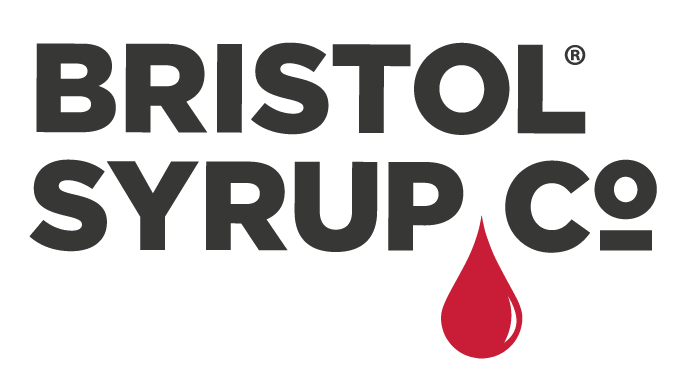Gin Gin
A short history of our best-known spirit
The second Saturday of June each year hosts World Gin Day. Celebrating its 15th birthday on June 10th in 2023, what better way to mark the occasion than diving into the rich and layered history of the UK’s most famous spirit.
Gin is a direct descendant of Dutch genever, which was first introduced to the UK during the 30-year war (1618-48). English armies were introduced to the local grog, a grain spirit flavoured with juniper, spices and herbs. The liquid was consumed before a battle to help steady nerves. The English soldiers christened it Dutch courage and when they returned home they brought their genever habit with them.
In 1688 the Dutch prince William of Orange ascended the British throne, a complete change in English society, and drinking habits, got underway. William was bitterly opposed to everything Catholic and French. So in 1690, a new legislation was introduced which banned the importation of French wine and brandy and promoted the development of home grown distilling.
This legislation opened the doors to a distilling free-for-all. Anyone could distil, virtually anywhere once a notice of intention to distil had been publicly displayed for ten days. Distillers were actively encouraged to use English corn and though the spirit was usually harsh and unpalatable. They sold this product to the compound distillers who like the Dutch before them, experimented with different flavours to make it drinkable.
This deregulation kick-started the British production of spirits. In 1689 English distillers produced around 500,000 gallons of distilled liquid, most of which was for medical use. However less than 50 years later, 20 million gallons of spirit was being made in London alone and that figure didn’t include illegal productions.
By the 1720’s London’s streets were flooded with cheap “gin”, although the liquid of the day would be unrecognisable by today’s standards. Redistilling to purify the liquid was time-consuming, expensive and required skill. So the bootleg distillers found around the capital would use sulphuric acid and quick lime instead. They would add anything they could to lengthen the liquid and disguise the awful flavour. So additions would range from spices and sugar to animal bones, urine and floor sweepings and if juniper oil was unavailable, turpentine would suffice.
Luckily the gin craze didn’t last forever, in 1751 parliament passed the tippling act, the first effective control of the production and sale of gin. It was followed by more sensible legislation and increases in tax, which began to drive the bootleggers out of business. By 1757 the combination of the various ratifications and the failed grain harvests lead to the end of cheap rotgut gin.
From there, the only way was up, London became the centre of trade and thanks to the Thames, London’s distillers had access to the raw ingredients needed, citrus, spices and herbs were brought to London by the east India company, sugar by the British colonies in the Caribbean and grain from east Anglia and Kent.
Gin as we know it today was made popular by the Victorians. In 1850 a new still was created which could produce a purer base spirit than before. This meant gin could be flavoured much more subtly and there was no need for copious amounts of sugar, which before had been used to disguise the terrible flavour of the gin. This was very popular with the weight conscious Victorian ladies, who would serve it in crystal decanters and claimed it had health benefits.
Now on an up-swing, gin continued to gain popularity. The 1920s were an age of glamour, an explosion of art and culture. Drinking cocktails was the height of fashion. American bartenders flocked to London, driven out of the US by the prohibition. The gin cocktails they brough with them were simple and classy, drinks such as the clover club and the white lady emerged as did the fashion for ice.
Gin was such a dominant and stylish spirit during the early 1900’s that to this day the final shot of a Hollywood movie is called ‘the martini shot’ thus named because the next shot of the day will be out of a glass.
So what of gin today? Production of gin has more than doubled in the UK in the last 10 years and although the boom appears to be slowing. It’s safe to say gin won’t be falling out of favour any time soon. With something on the market for literally everyone, ranging from the driest of London Dry’s to pink ones that shimmer, everything in between and even alcohol-free gins. It’s easy to see why gin has it has its own day.
So this June 10th join us in heralding this historic spirit.

